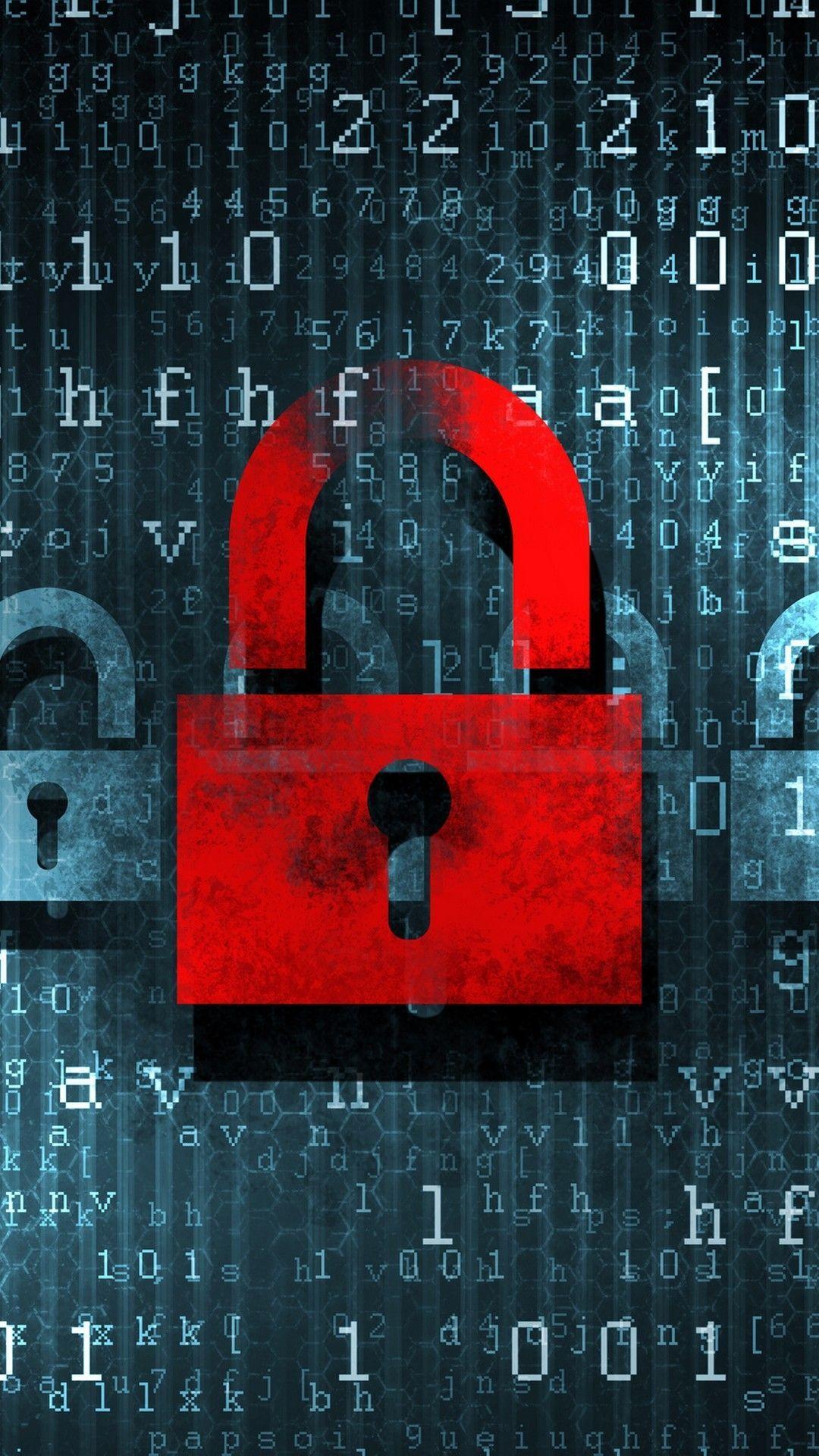Protecting One's Virtual Identity in an Web World
Protecting One's Virtual Identity in an Web World
Blog Article

In this age of connectivity, our online persona is becoming increasingly vulnerable. With every interaction, post, and digital exchange, we create a path of sensitive data that might be used by malicious actors. As we move through social networks, internet banking, and online shopping, the necessity to defend our digital presence has never been more important. The rise of complex online dangers necessitates that we make efforts to safeguard our privacy and security in this virtual landscape.
Recognizing the importance of cybersecurity is key to protecting ourselves from these threats. It encompasses a range of strategies aimed to safeguard our online resources from unlawful intrusion and threat. By implementing complex login credentials, employing two-factor authentication, and recognizing online scams, we can strengthen our security. This article aims to discuss important methods that all users should consider to defend their digital presence and keep a secure digital profile.
Grasping Digital Threats
In today's digital landscape, the variety of cyber threats can be overwhelming. Cybercriminals employ a multitude of tactics to attack individuals and organizations similarly, making it crucial to comprehend these threats. Typical types include malicious software, phishing scams, and ransomware, each intended to undermine systems and steal sensitive information. By understanding how these threats work, individuals can take proactive measures to protect their digital presence.
Malware refers to malicious software that breaches devices to disrupt or interfere with operations. It can appear in various forms, such as viruses, worms, and spying software. This type of threat often leads to considerable data breaches or loss of critical files, highlighting the need of having robust antivirus tools and consistently updating them. Understanding of how malware can propagate is crucial for maintaining cybersecurity and securing valuable information.
Phishing scams are another common form of cyber threat, whereby attackers mimic legitimate entities to mislead individuals into unveiling personal information. These attacks often occur via email or social media and can be highly sophisticated. Educating and educating users to recognize and escape phishing scams are essential strategies in combating this type of threat. Maintaining aware about the current tactics used by cybercriminals can greatly enhance personal and organizational protection.
Optimal Practices for Safeguarding
To safeguard your digital identity, it is crucial to create strong, unique passwords for every of your internet accounts. Avoid using easily-guessed information such as dates of birth or common words. Instead, select for a mix of alphabets, numbers, and symbols. Utilizing a password tool can streamline this process, enabling to generate and store strong passwords confidently. Regularly updating your passwords adds an extra layer of security, particularly for accounts that hold sensitive information.
Enabling two-factor authentication is another effective way to enhance your cybersecurity. This extra layer calls for not only a password but also a second form of verification, such as a code delivered to your phone or an authentication app. Although your password is hacked, the extra step creates it much more difficult for cybercriminals to gain access to your accounts. Many commonly used services now feature this capability, and it is strongly recommended to activate it wherever possible.
Cybersecurity Training
Being vigilant about the data you publish online is vital in protecting your digital identity. Regularly review privacy settings on social media platforms and reduce the amount of personal information you make public. Be cautious of unsolicited messages, and never click on suspicious URLs or download attachments from unidentified sources. Knowledge of phishing tactics and common scams can greatly reduce the risk of becoming a target of cyber threats.
Responding to Identity Theft
If you think that your identity has been compromised, it is crucial to take immediate action to reduce the damage. Begin by placing a alert for fraud on your credit file, which urges potential lenders to take extra steps to check your identity before approving credit. You can do this by get in touch with one of the three major credit bureaus, and they will notify the others. This alert typically lasts for 90 days, allowing you time to keep an eye on your financial accounts and respond to any unusual activities.
After that, examine your credit files for any unknown accounts or transactions. You are entitled to a complimentary credit report per year from all major credit bureaus, which will help you identify fraudulent activity. If you find any errors, dispute them without delay. It is also advisable to monitor your bank and credit card statements closely to catch any unauthorized transactions as they occur. Staying on top of these details will also aid in reducing financial losses.
Finally, consider alerting the identity theft to the Federal Trade Commission and your local law enforcement. The FTC offers a recovery plan specific to your situation and can assist with the next steps to take. Additionally, getting a report from the police may be helpful when interacting with lenders or credit reporting agencies. Taking these proactive measures can aid regain your identity and protect your financial future.
Report this page